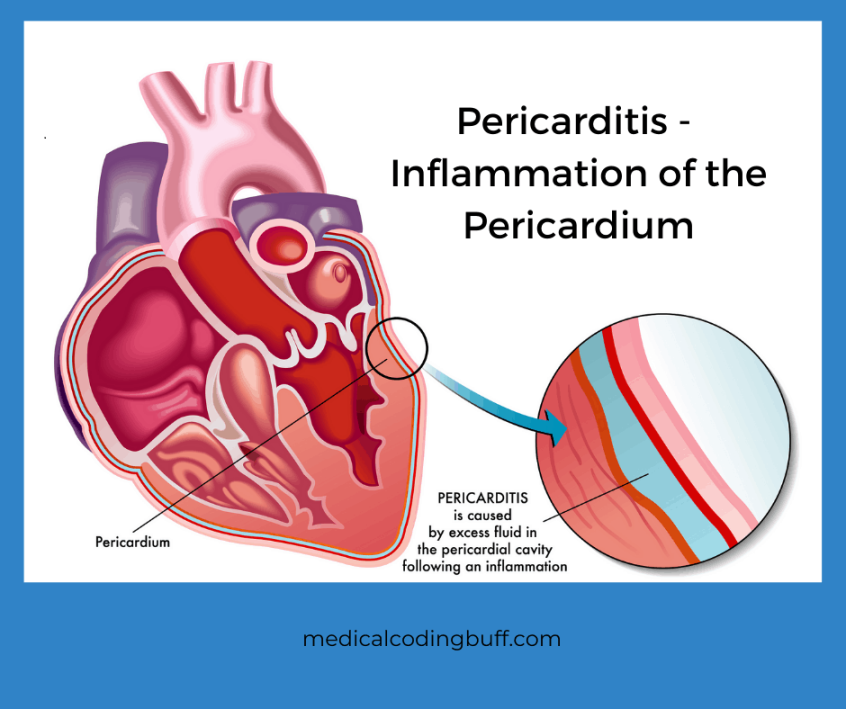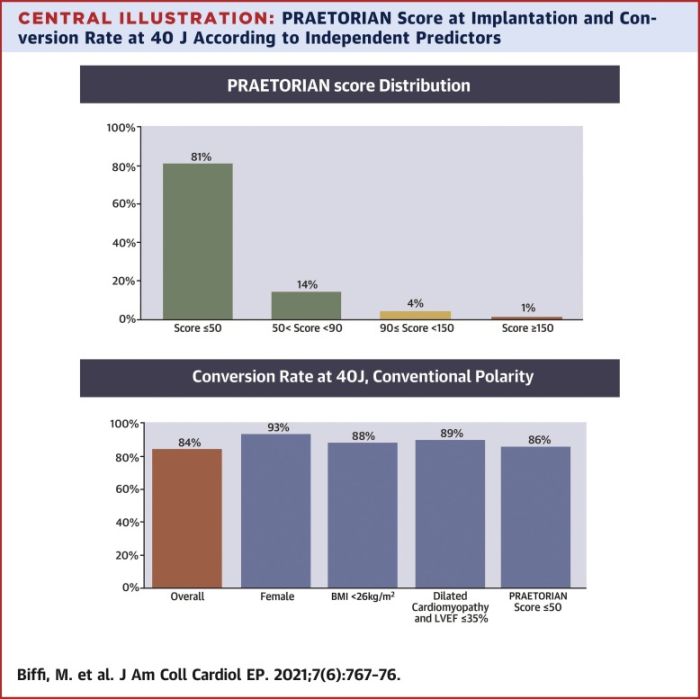Heart Palpitations In ICD-10: Understanding The Codes And Guidelines
Cracking the Code: ICD-10 for Heart Palpitations
Have you ever experienced a fluttering sensation in your chest that makes you feel like your heart is skipping a beat? This feeling, known as heart palpitations, can be alarming and uncomfortable. But did you know that there are specific codes in the International Classification of Diseases, 10th Revision (ICD-10) that healthcare professionals use to diagnose and treat this condition?

ICD-10 is a system used by healthcare providers around the world to classify and code all diagnoses, symptoms, and procedures recorded in hospitals and physician practices. Understanding the codes and guidelines related to heart palpitations can help ensure accurate reporting and appropriate treatment for patients experiencing this common cardiac symptom.
When it comes to heart palpitations, there are several codes in ICD-10 that healthcare providers may use to identify and document this condition. The most commonly used code is R00.2, which is for Palpitations. This code is used when a patient presents with symptoms of palpitations, such as a rapid or irregular heartbeat, without any underlying cardiac disease. It is important for healthcare providers to document the duration, frequency, and any associated symptoms of the palpitations to ensure accurate coding and appropriate treatment.

In addition to the general code for palpitations, there are also specific codes in ICD-10 that healthcare providers may use to further classify the cause of the palpitations. For example, if the palpitations are due to anxiety or panic disorder, the provider may use code F41.0 for Panic disorder [episodic paroxysmal anxiety] in addition to the code for palpitations. By accurately documenting the underlying cause of the palpitations, healthcare providers can ensure that patients receive the most effective treatment for their condition.
Guidelines for coding heart palpitations in ICD-10 also include documenting any known risk factors or comorbidities that may be contributing to the palpitations. For example, if a patient has a history of hypertension or hyperthyroidism, the provider may include these conditions as additional diagnosis codes to provide a more comprehensive picture of the patient’s health status. This information can help guide treatment decisions and ensure that all relevant factors are taken into consideration when managing the patient’s care.
In addition to accurate coding, it is also important for healthcare providers to follow the guidelines set forth by the Centers for Medicare and Medicaid Services (CMS) and the American Hospital Association (AHA) when documenting and coding heart palpitations in ICD-10. These guidelines outline specific rules and conventions for coding various conditions, including palpitations, to ensure consistency and accuracy in reporting.
Overall, understanding the codes and guidelines for heart palpitations in ICD-10 is essential for healthcare providers to effectively diagnose, treat, and manage this common cardiac symptom. By accurately documenting the nature, cause, and associated factors of the palpitations, providers can ensure that patients receive the most appropriate care and treatment for their condition. So the next time you feel your heart fluttering, remember that there is a code in ICD-10 for that – and your healthcare provider is well-equipped to help you crack the code and find the best solution for your heart health.





